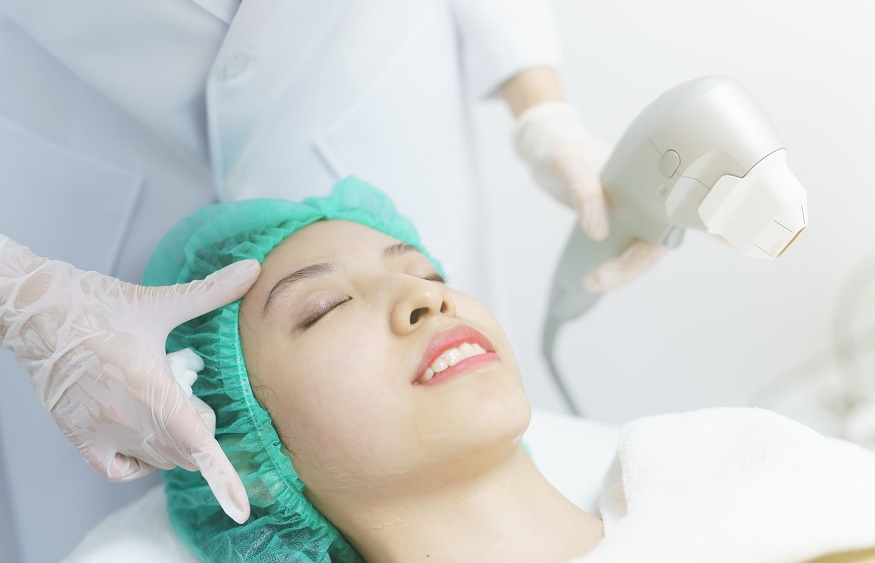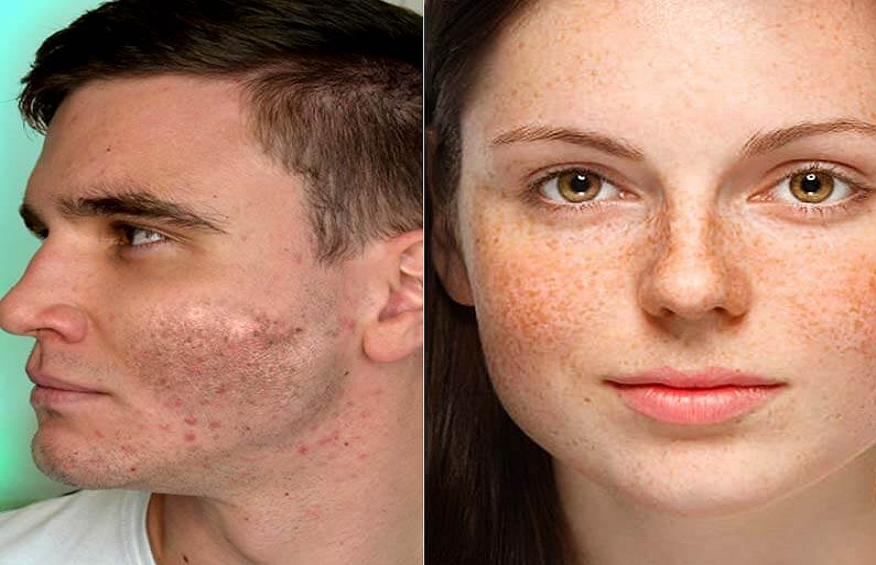
High-Intensity A cutting-edge method known as focused ultrasonic, or HIFU, employs concentrated ultrasonic waves to target specific layers of tissue beneath the skin’s surface. Unlike normal ultrasonography, which is used for diagnosis, hifu delivers targeted energy to the deep tissues to promote thermal coagulation and encourage collagen creation.
How HIFU Works in Medical Cosmetology
During an HIFU procedure, the ultrasound energy is precisely focused on the target area, creating thermal energy at the focal point. This controlled heating prompts the body’s natural healing response, leading to collagen remodeling and tissue tightening. The result is firmer, lifted skin and a more youthful appearance.
The Benefits of HIFU in Medical Cosmetology
Non-Invasive Procedure
Being completely non-invasive is one of HIFU’s most important benefits in 醫學美容. HIFU doesn’t require anaesthesia or incisions, unlike surgical facelifts or body contouring operations, which lowers the danger of complications and does away with the need for lengthy recovery times.
Stimulates Collagen Production
Collagen is a crucial protein responsible for maintaining skin elasticity and firmness. As we age, collagen production decreases, leading to sagging skin and wrinkles. HIFU effectively stimulates the production of new collagen, promoting natural rejuvenation and long-lasting results.
Targeted and Precise Treatment
HIFU allows for precise targeting of specific areas, such as the face, neck, abdomen, thighs, and arms. The ultrasound energy can be focused on the exact depth of tissue that requires treatment, ensuring optimal results without affecting surrounding tissues.
Minimal Downtime and Side Effects
Compared to surgical procedures, HIFU boasts minimal downtime. Patients can resume their daily activities almost immediately after the treatment. Additionally, the procedure has fewer side effects, making it a safe and popular choice for individuals seeking cosmetic enhancements.
Popular HIFU Treatments in Medical Cosmetology
HIFU Facelift
The HIFU facelift, sometimes known as the “non-surgical facelift,” is well known for its capacity to tighten and lift the skin, minimising the visibility of fine lines and wrinkles. The procedure addresses the skin’s deeper layers, producing a natural and youthful outcome.
HIFU for Skin Tightening
HIFU is highly effective in skin tightening, making it an ideal solution for individuals with mild to moderate skin laxity. The procedure stimulates collagen production, resulting in firmer and smoother skin texture.
HIFU for Wrinkle Reduction
Fine lines and wrinkles, especially around the eyes and mouth, can be significantly improved with HIFU treatment. The procedure’s ability to stimulate collagen production helps reduce the appearance of wrinkles and fine lines.
Choosing the Right Candidate for HIFU
Skin Type and Condition
HIFU is generally suitable for all skin types. However, individuals with certain skin conditions, such as infections or open wounds in the treatment area, may not be ideal candidates.
What to Expect During a HIFU Procedure
Pre-Treatment Preparations
Before the HIFU procedure, patients may be advised to cleanse and remove any makeup or skincare products from the treatment area. A topical anesthetic cream may be applied to enhance comfort during the procedure.
The HIFU Treatment Process
During the HIFU procedure, the medical professional uses a handheld device that emits focused ultrasound waves. The device is moved over the target area, delivering energy to the underlying tissues. Patients may experience a warm sensation during the treatment.
Safety and Side Effects of HIFU
Safety Measures
HIFU is considered a safe procedure when performed by a qualified and experienced medical professional. Patients should ensure they seek treatment from reputable clinics or medical centers that adhere to safety guidelines.
Potential Side Effects and Risks
The majority of patients experience minimal side effects after HIFU treatment. These may include slight redness, tingling, or mild swelling, which are temporary and subside on their own.
The Future of HIFU in Medical Cosmetology
As technology continues to advance, the potential applications of HIFU in medical cosmetology are bound to expand. Researchers and medical professionals are continually exploring new ways to harness the power of HIFU for even more impressive cosmetic results.
Conclusion
As technology continues to evolve, the future of HIFU in medical cosmetology looks promising. Researchers are exploring ways to further enhance the precision and effectiveness of HIFU treatments. The development of more advanced HIFU devices may lead to even better results with shorter treatment times, making it a more accessible option for a broader range of individuals.
Additionally, ongoing research may uncover new applications of HIFU in treating various skin conditions and medical issues. Its non-invasive nature and ability to penetrate deep into tissues hold great potential for addressing other health concerns beyond cosmetic applications.
In conclusion, HIFU has established itself as a remarkable innovation in the realm of medical cosmetology. It offers a safe and effective alternative to surgical procedures, delivering impressive results with minimal downtime and risks. As technology advances, we can expect HIFU to continue evolving and expanding its applications, providing individuals with more options to achieve their desired aesthetic goals.
Frequently Asked Questions (FAQs)
- Is HIFU a painful procedure?HIFU is generally well-tolerated by most individuals. Some patients may experience a slight warm or tingling sensation during the treatment, but it is usually not painful. The use of topical anesthetics can further enhance comfort during the procedure.
- Are the results of HIFU permanent?While HIFU can provide long-lasting results, the natural aging process will continue. Over time, the gradual loss of collagen may lead to some degree of skin laxity. However, many patients find that the results of HIFU treatments last for several months to a couple of years.
- How many HIFU sessions are required for optimal results?The number of HIFU sessions needed varies depending on individual factors, such as the treatment area and the extent of the concern being addressed. Some patients achieve satisfactory results after a single session, while others may benefit from a series of treatments spaced a few weeks apart.
- Is there any downtime after HIFU treatment?One of the significant advantages of HIFU is that there is minimal to no downtime. Patients can typically resume their regular activities immediately after the procedure. Some individuals may experience mild redness or swelling, which resolves quickly.
- Who is an ideal candidate for HIFU?HIFU is suitable for individuals with mild to moderate skin laxity and cosmetic concerns such as fine lines, wrinkles, and sagging skin. It is essential to consult with a qualified medical professional to determine if HIFU is the right treatment for your specific needs.



